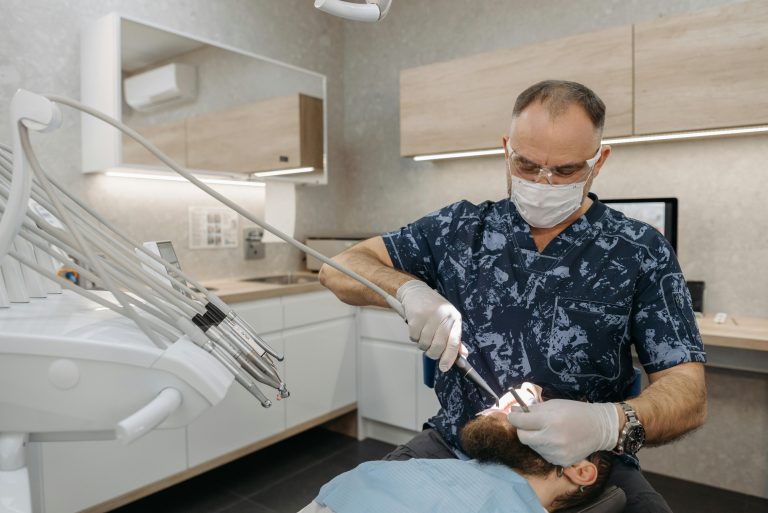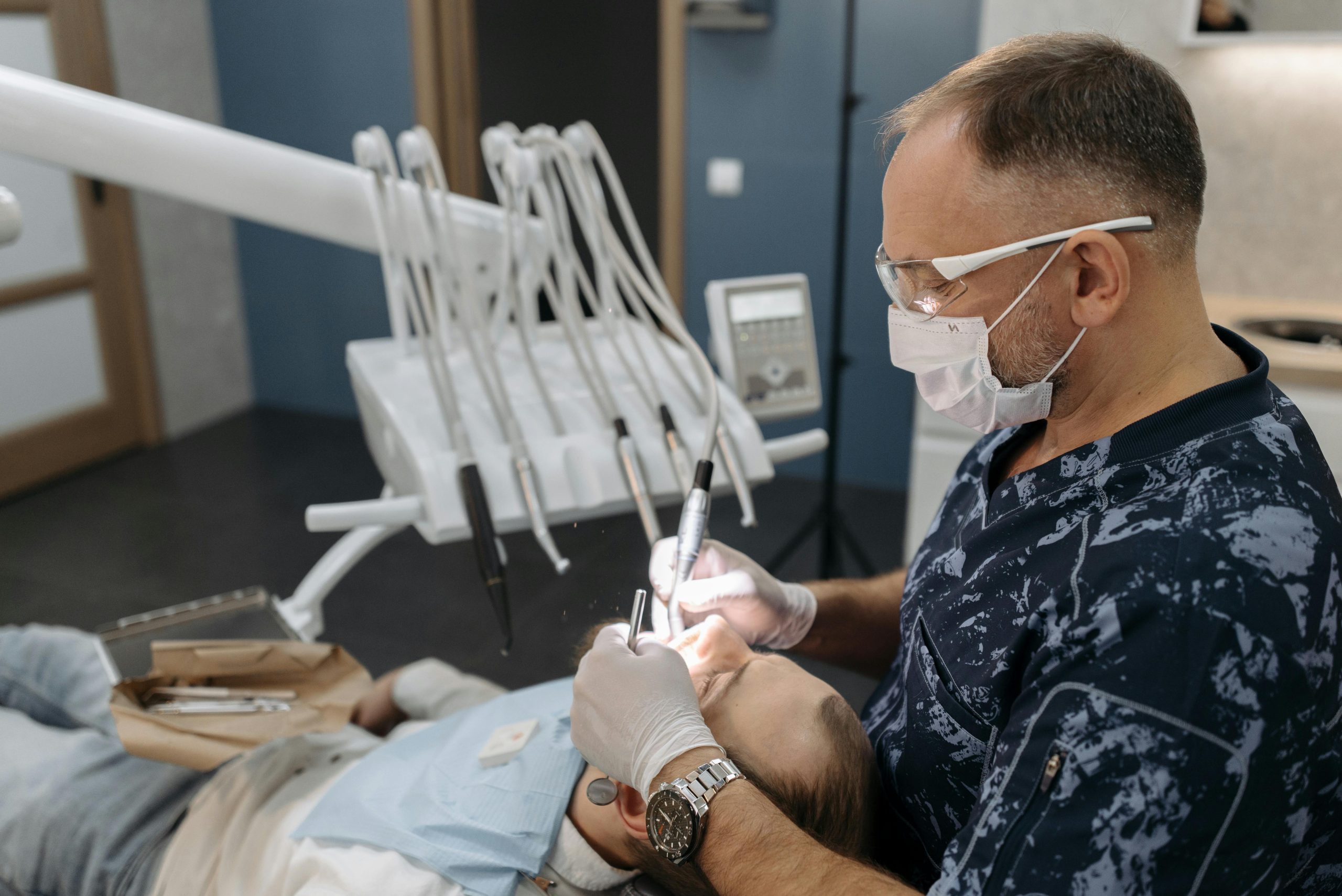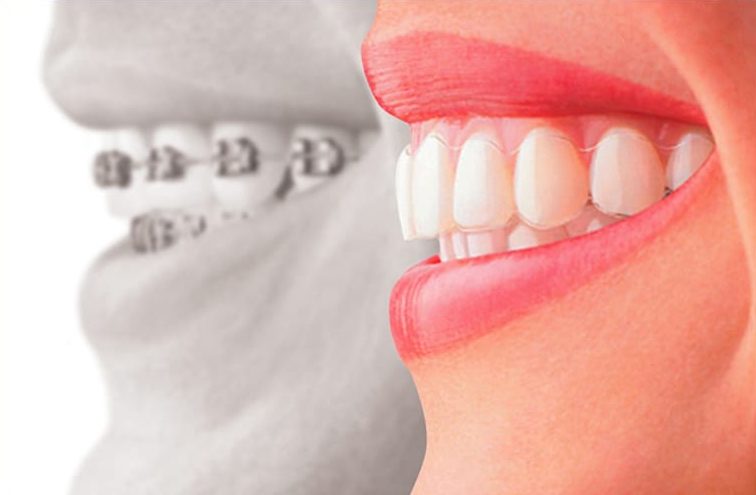Treatments
Orthodontist Treatment in Lahore
Having straight teeth can completely transform your smile, which is why many dental practices offer orthodontic services. Orthodontic treatments, including traditional braces and Invisalign or Clear Aligners, have revolutionized the options available for individuals with crowded or crooked teeth. At our practices, we have both specialist orthodontists and general dentists with a special interest in orthodontics who can provide a range of orthodontic services to help straighten teeth and achieve a more confident and radiant smile.
Overview
Your specialist orthodontist or dentist will recommend the best option for you, after assessing your teeth. Your treatment options vary from fixed braces, to retainers, to Invisalign treatments and more, for both adults and children.
Braces
You will have likely heard of braces. They’re traditionally a metal device used to straighten your teeth. There are a range of different braces options available.

Fixed braces
Fixed braces are a more traditional and commonly used type of braces, consisting of small brackets that are bonded to the front surfaces of your teeth, with a wire running through them and held in place with a small colored elastic band. These brackets can be made of plastic or metal.
Braces
Invisalign or Clear Aligners treatment involves wearing a series of clear and thin aligners, similar to a very thin mouthguard or tray. Each aligner is worn for two weeks before moving on to the next one in the series. Invisalign aligners are removable, making them easy to take out for eating, drinking, and participating in sports.

Education
Braces have been in use for thousands of years, with the first invention dating back to the early 1800s. Over time, they have undergone significant changes and advancements to become the popular orthodontic treatment they are today. Braces are used to straighten crooked teeth, achieving a perfect and straight smile that can last a lifetime.
Invisalign, on the other hand, is a modern and nearly invisible way to straighten teeth. Since its introduction in 1997, Invisalign has transformed millions of smiles around the world.
Apart from making your teeth look great, there are also many important functional reasons for straightening teeth:
- Crowded and crooked teeth are hard to clean which can, in turn, cause a range of problems in the future
- Too much space between the teeth, caused by the jaw being too big for the teeth or missing teeth
- If the upper and lower jaws are misaligned or there’s an underbite or overbite
You could also consult a specialist orthodontist if you notice other problems such as difficulty chewing or biting, if your child complains of a clicking jaw, tooth grinding or clenching, speech difficulties and breathing through the mouth instead of the nose.

FAQs
01. What is orthodontic treatment and why do I need it?
Orthodontic treatment is the use of braces, clear aligners, or other appliances to move teeth into better positions. It is typically recommended to improve the function and appearance of your teeth and bite or to correct issues like overcrowding, gaps between teeth, and misaligned bites.
02. What are the different types of braces available?
The length of treatment depends on the severity of your dental issues and the type of treatment you receive. Typically, treatment can last anywhere from 6 months to 2 years or more.
03. How long does orthodontic treatment usually take?
The length of treatment depends on the severity of your dental issues and the type of treatment you receive. Typically, treatment can last anywhere from 6 months to 2 years or more.
04. Will I need to wear a retainer after my orthodontic treatment is complete?
An orthodontist is a specialist who has completed additional study after completing a four-year dental undergraduate program, an orthodontist typically practices first as a general dentist, before undertaking further post-graduate specialist studies FCPS. After additional full-time study in the field of orthodontics.
05. Is orthodontic treatment painful?
It’s normal to experience some discomfort or soreness after getting braces or having them adjusted, but this usually goes away within a few days. Over-the-counter pain relievers like acetaminophen or ibuprofen can help manage any discomfort. Clear aligners like Invisalign are typically less painful than traditional braces, as they don’t involve any wires or brackets.
06. What is orthodontics?
Orthodontics is the specialist field of dentistry focused on the diagnosis and treatment of issues developing from alignment problems with the teeth and jaws. Specialist orthodontists have extra training, specifically in this field.

